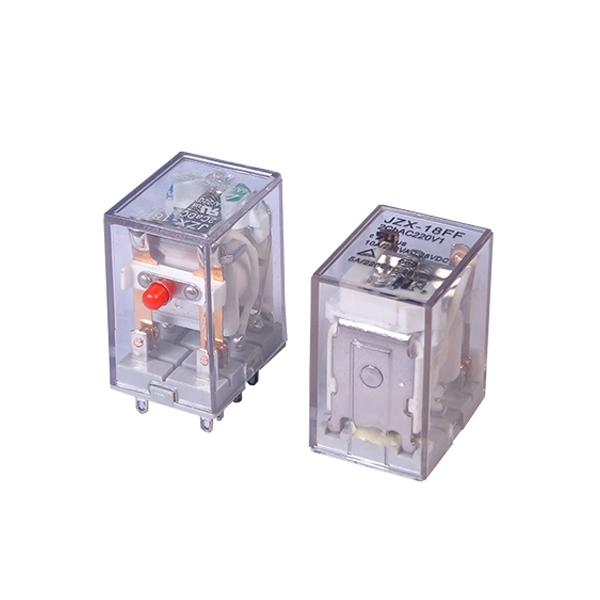Environmental Considerations for Installing General Purpose Relays for Heavy Power Switching in Harsh Conditions
2024-04-09
Introduction:
General Purpose Relays for Heavy Power Switching are vital components in electrical systems, offering reliable control over high-power loads. However, when installing these relays in harsh or high-temperature environments, environmental considerations become paramount. In this blog, we'll explore the key environmental factors to consider when installing General Purpose Relays for Heavy Power Switching in challenging conditions and strategies to ensure their reliable operation.
1. Temperature Extremes:
Harsh environments often entail temperature extremes, including both high and low temperatures. General Purpose Relays for Heavy Power Switching should be selected based on their temperature ratings to ensure optimal performance and longevity.
- High-Temperature Considerations:
In high-temperature environments, relays may be subjected to increased thermal stress, potentially leading to overheating and premature failure. Choose relays with high-temperature ratings and robust thermal management features to dissipate heat effectively.
- Low-Temperature Considerations:
In low-temperature environments, relays may experience reduced operational efficiency and increased susceptibility to mechanical failure. Select relays designed for cold climates, with low-temperature ratings and materials capable of withstanding freezing temperatures without compromising performance.
2. Moisture and Humidity:
Moisture and humidity can adversely affect the performance and reliability of General Purpose Relays for Heavy Power Switching, leading to corrosion, insulation breakdown, and electrical faults. Proper sealing and protection are essential to mitigate the ingress of moisture and humidity.
- Enclosure Selection:
Choose relays with sealed enclosures rated for ingress protection (IP) to prevent moisture ingress. Enclosures should provide adequate sealing against water and humidity while allowing for proper ventilation to dissipate heat effectively.
- Corrosion Resistance:
Opt for relays constructed with corrosion-resistant materials such as stainless steel or coated enclosures to withstand exposure to moisture and humidity without degradation. Regular inspection and maintenance are also essential to detect and address corrosion issues promptly.
3. Dust and Contaminants:
In dusty or dirty environments, dust and contaminants can accumulate on relay components, impairing performance and leading to malfunctions. Proper enclosure design and maintenance practices are crucial to protect relays from dust ingress.
- Enclosure Design:
Select relays with dust-tight enclosures or incorporate additional filtration or sealing measures to prevent dust ingress. Enclosures should be designed to minimize the accumulation of dust and contaminants on relay components.
- Regular Cleaning and Maintenance:
Implement regular cleaning and maintenance schedules to remove dust and contaminants from relay enclosures and components. Use non-abrasive cleaning methods and avoid introducing moisture or solvents that could damage sensitive parts.
4. Mechanical Shock and Vibration:
In harsh industrial environments, relays may be subjected to mechanical shock and vibration, potentially causing misalignment, loosening of connections, or damage to internal components. Proper mounting and securing are essential to mitigate the effects of mechanical stress.
- Secure Mounting:
Mount relays securely on stable surfaces or structures using appropriate fasteners and mounting hardware. Ensure that mounting surfaces are rigid and vibration-resistant to minimize mechanical stress on relay components.
- Shock Absorption:
Consider incorporating shock-absorbing materials or vibration-dampening techniques to reduce the transmission of mechanical shock and vibration to relay assemblies. Additionally, choose relays with robust construction and mechanical tolerance to withstand mechanical stress and vibration without compromising performance.
Conclusion:
In conclusion, environmental considerations are critical when installing General Purpose Relays for Heavy Power Switching in harsh or high-temperature conditions. By addressing factors such as temperature extremes, moisture and humidity, dust and contaminants, and mechanical shock and vibration, engineers and technicians can ensure the reliable operation and longevity of relays in challenging environments. Proper selection, installation, and maintenance practices are essential to protect relays from environmental hazards and maintain their performance in demanding applications.



